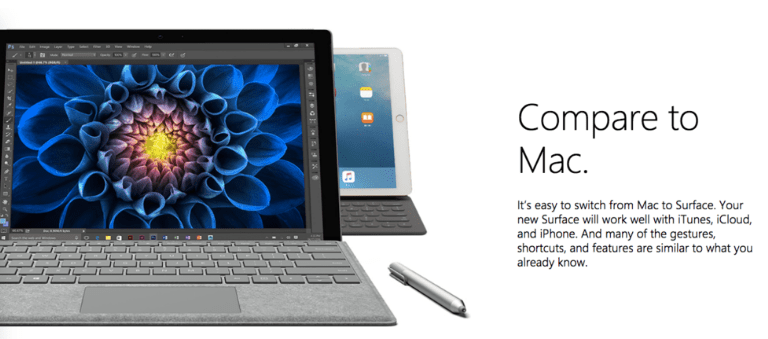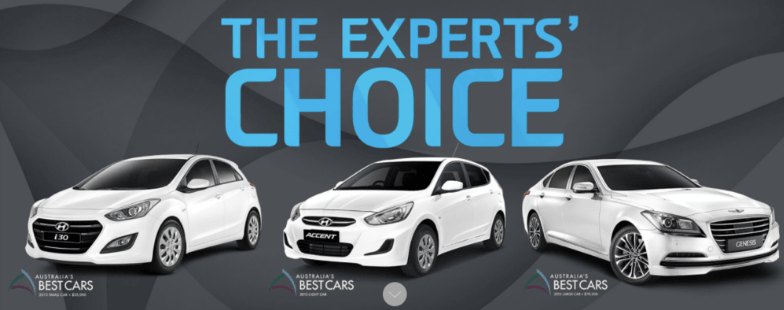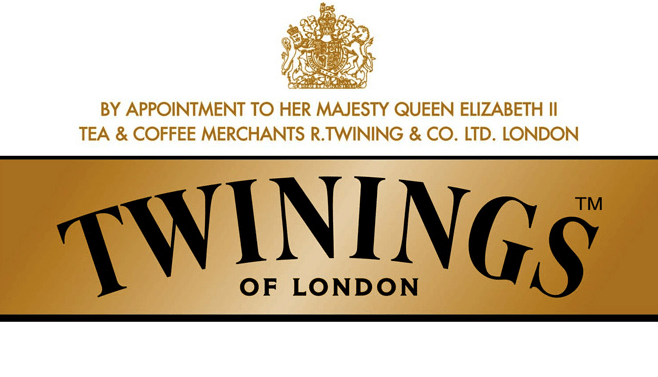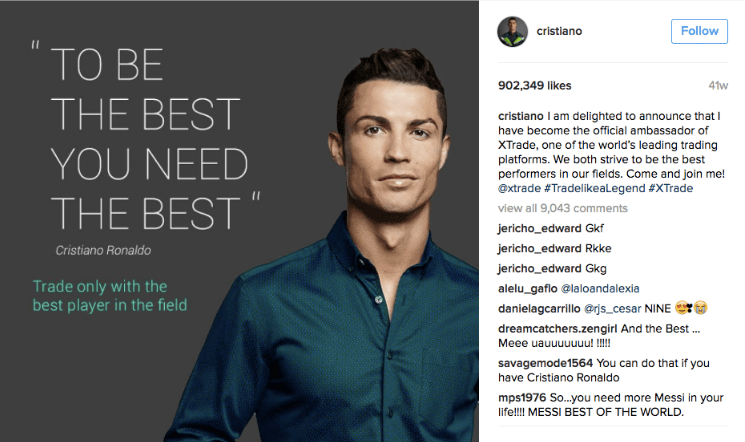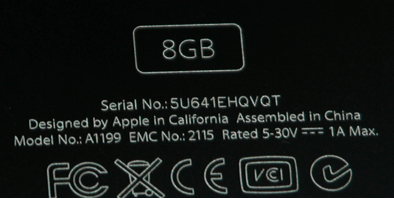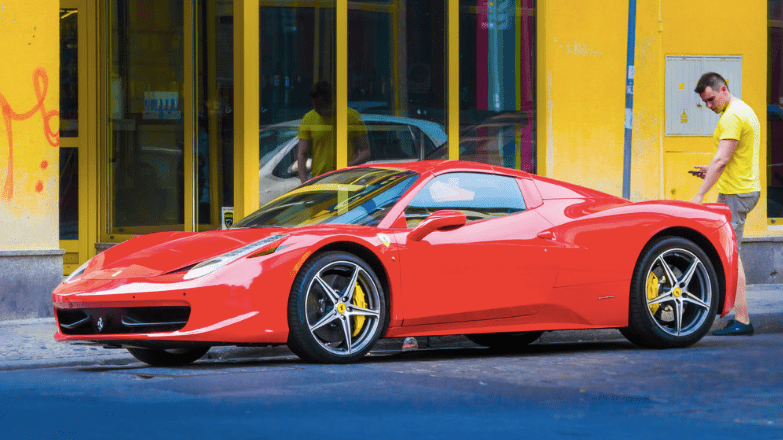Value Propositions: Being The Best
(If you’re crafting Value Propositions, you’ll love my free Value Propositions eBook, full of tips for designing and testing compelling Value Propositions that will delight your customers.)
In every industry, someone will make the claim that they’re the best.
Maybe they're right.
But what if multiple brands declare themselves the best?
How do they position themselves in their customer’s minds as being number one?
This isn’t about being good, it’s about being comparatively better than the rest of the field.
Let’s look at the factors that go into this Value Proposition, and see how brands in a variety of industries make their case:
Technical Superiority
An easy way to prove you’re the best is to highlight the areas in which you’re comparatively the strongest.
Look for superlative words that end in –est, such as largest, lightest, strongest and fastest.
These work because they’re irrefutable – only one brand can hold the title at the time.
That’s not to say that customers can always understand those benefits, so the brand will often need to highlight why that factors is so critical to performance.
Microsoft are desperate to make comparisons with their rivals at Apple, and aren’t exactly being subtle. If they can’t beat Apple in cool-ness, then they’ll win on technical specifications.
Industry Recognition
Once an industry becomes a certain size, an awards system generally emerges.
Movies have the Oscars, Golden Globes and Cannes.
Television has the Emmy’s, BAFTA’s and Logies.
Music has the Grammy’s, AMA’s an ARIA’s.
Restaurants have Michelin Stars.
Wine has Gold, Silver and Bronze Medals.
Even social enterprises have awards.
Instead of ranking success by sales figures or mass popularity, selected “experts” make an “informed decision” as to which is the best product/service/piece of art.
These endorsements can be incredibly compelling to customers.
An Oscar winner gathers global interest.
A bottle of wine covered in little gold medal stickers catches the eye.
The words “Winner of…” increases appeal, even if we’ve never heard of the awards.
They’re also easy to fake.
The Gruen Transfer famously trademarked the name “Nine out of Ten Experts” so that they could claim “Nine out of Ten Experts Recommend…” to whatever they liked.
Image Credit: Hennessy
Physical Packaging
Grey Goose famously made their reputation by selling their vodka in wooden crates, the same way fine wines are displayed.
This signal positioned themselves as a high end product, and the drink itself cemented the claim.
Next time you’re in Duty Free, have a look at the bottles of cognac.
They’re like sculptures or works of art, immaculately presented and surrounded by timber and velvet.
Imagine if they switched the liquid inside with a generic substitute.
Would the appeal still be there?
We’re taught not to judge books by their covers…but that’s exactly what we do.
Image Credit: Twinings
Proximity and Association
Some brands appear to be premium by positioning themselves as the choice of influential, sophisticated people.
For example, many brands have gained prestige by being official suppliers to the Queen of England – if she approves, it must be the best.
Image Credit: Cristiano Ronaldo Instagram
Some use celebrity endorsements, borrowing success and credibility in order to make their products more appealing.
This is the essence of ambassadors and Instagram marketing.
Others go for pop culture, paying for product placement in film, television and music.
Heineken paid a huge amount for their appearance as James Bond’s beer in Skyfall, as did Omega and Aston Martin.
Image Credit: Raphael Too
Mexico City paid to be portrayed favourably in Spectre, and Abu Dhabi paid to feature in The Fast and The Furious Seven – with the hopes of making themselves desirable tourist destinations.
Image Credit: Lisa Robinson, Vanity Fair
It’s not just cinema.
Think about all the times you’ve heard the world’s biggest hip hop producers (and Lorde) invoke Cristal, Grey Goose, Ace, Ciroc and Hennessy.
Even if you know nothing else about the labels and their origins, you know they must have credibility.
Image Credit: RM Williams
Heritage
Some will argue that to be the best, you need a long history and track record of quality and performance.
These brands take every opportunity to highlight their longevity and their origins, as it distinguishes them as being “the real deal”.
It might be an unchanged recipe, or beginnings as a working class product.
Again, the skill lies in convincing customers why this matters.
Old isn’t a virtue, unless old means good.
Nobody wants to buy milk from the oldest dairy, or a laptop from Atari.
Heritage works when history tells a compelling story, like Johnnie Walker or RM Williams.
Both are expensive luxury brands, but the story of small Scottish distilleries and South Australian stockman add a certain charm that their customers love.
Image Credit: Apple
Provenance
“I inherited a painting and a violin which turned out to be a Rembrandt and a Stradivarius. Unfortunately, Rembrandt made lousy violins and Stradivarius was a terrible painter.” – Tommy Cooper
Some products have a “right location”.
These are occasionally enforced by law (Protected Designation of Origin).
For example, Champagne comes from the Champagne region, or else it’s called Sparkling.
Sometimes these just “sound right”, like Italian Leather, Japanese Technology or German Engineering.
Does geography always guarantee quality? Of course not.
But this is about the story the customer tells themselves.
It’s why your Apple devices declare that they are designed in California and assembled in China.
Image Credit: Hibiki
If your product isn’t manufactured in the “right location”, your role is to re-educate your customers.
This has been done well by Japanese whiskey producers, who have used industry awards to shake the perception that Scotland is the unstoppable favourite.
Maybe Japan works because of its reputation for precision and tradition.
I’m not sure that Chinese whiskey – even with China's huge manufacturing capabilities, would hold the same appeal.
Pricing
Traditionally, a brand earns trust, over-delivers and raises prices.
What if you did it the other way around?
This works for industries where customers expect to “Get what they pay for”, even if that’s technically not true.
Think of fragrances, alcohol, fashion, art, and crowdfunding projects.
Imagine you take a $10 perfume, improve the packaging and add a "0" to the price.
What do you think will happen to sales?
Price does not equal quality, but it signals quality.
In the mind of your customer, that’s what really matters.
When your customer wants “The Best”, their price sensitivity goes out the window.
If your restaurant has a Michelin Star, you can charge whatever you like and there’ll always be a wait for a table.
In fact, higher prices might make the list even longer.
People want to buy their partners (or themselves) the most elegant jewellery, the finest foods, the fanciest clothes, the nicest cars, the largest TVs.
If you make a notebook that’s slightly cheaper than Moleskine, who will celebrate?
As Seth Godin said; "Nobody gets a Suzuki tattoo"
Exclusivity
There’s a horrible part of our psyche that takes delight in other people missing out on what we have.
We tell ourselves that if it’s common, it’s not worth celebrating.
Some companies will use this scarcity – real or artificial – to enhance the standing of their products.
De Beers famously did this with diamonds – restricting their supply to make them seem rare and therefore the ultimate precious stone.
Cars like Lamborghini and Ferrari have notoriously long wait times – not because of an inability to produce more, but because this limitation cements them as being the best cars in the world.
The more Ferrari’s you see on the street, the less special each one becomes.
Image Credit: Bodo
Ubiquity
The reverse can also be true. Some brands are the best by virtue of being so ingrained in the culture.
Andy Warhol celebrated Coca Cola for this exact reason:
“Everybody owns a piece of Coke.
What’s great about this country is that America started the tradition where the richest consumers buy essentially the same things as the poorest.
You can be watching TV and see Coca Cola, and you know that the President drinks Coca Cola, Liz Taylor drinks Coca Cola, and just think, you can drink Coca Cola, too.
A coke is a coke and no amount of money can get you a better coke than the one the bum on the corner is drinking.
All the cokes are the same and all the cokes are good.
Liz Taylor knows it, the President knows it, the bum knows it, and you know it.”
There are some products that are deemed to have reached perfection – where no advancement is required.
Think of Toblerone, Post-Its, Vegemite or Band-Aid; There may be technological improvements in the future, but these brands earn their place at the top because they are so common and iconic.
If we grew up with it, and our parents grew up with it, it must be extraordinary. The market moves too quickly for mediocre products to stick around for that long.
Try it for yourself - borrow these techniques leverage your strengths, and give your enterprise an edge.
For more of the Value Propositions Case Studies series;
Part One featuring Louis Vuitton, AFL, Uber and TOMS
Part Two featuring Nespresso, Heineken, and Shoes of Prey
Part Three featuring a variety of Men’s Watches and Chocolate brands
Part Four featuring the classic iPod ads, Whiskey, Hardware, Butter and Barossa Tourism
Being The Best explores how companies frame themselves as industry leaders
Being The Cheapest covers strategies for demonstrating value for money
Social Proof examines how brands make themselves look popular and trustworthy
Cologne looks at how intangible gains are conveyed through imagery and design
Bottled Water compares ten brands selling the same product in different ways
If you’re crafting Value Propositions, you’ll love my free Value Propositions eBook, full of tips for designing and testing compelling Value Propositions that will delight your customers.



